Please add image or text logo

Its November! Here is our round-up of news, top tips and ideas to make the most of your garden!
Autumn is truly here, bringing the promise of frosty mornings, dramatic sunsets, and trees in all their colourful glory! Despite the occasionally wet weather in November, there’s plenty to be done in the garden – keep reading to find out more!
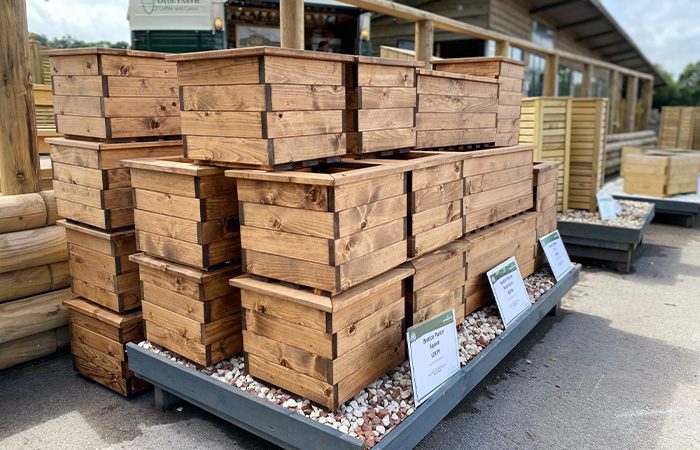
There is plenty to do in the garden, so let’s get started:
• Cover your outdoor containers to protect them from the cold.
• Set greenhouse heater thermostats to activate at around 7 degrees celcius.
• Sow November fruit and veg, such as broad beans, garlic, asparagus, and spring cabbage, using timber planters.
• Plant a tree to help the climate and celebrate National Tree Week!
• Continue clearing fallen leaves, which can be used to make leaf mould.
• Place a cover over your pond to stop leaves from falling in.
• Before the weather turns really cold, plant bare-root hedging, roses, and shrubs.
• Plant tulip bulbs, covering them with at least twice their depth of soil or compost.
• Take time to secure your garden, cover furniture, and make any last-minute repairs before the inevitably harsh winter winds arrive.
• Give sheds and fencing a coat of preservative to help them weather the winter.
Our timber planters are naturally weatherproof and perfect for winter plantings of bulbs and vegetables.
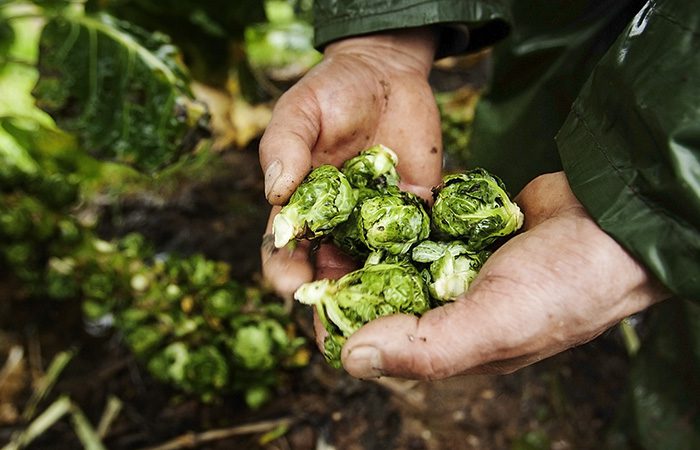
• Sow broad beans. Loosen the soil before sowing to ensure the long roots of broad beans have somewhere to go. Plant 5cm deep and 20cm apart.
• Plant apple trees. Most species of apple are self-infertile, which means they need to be planted near a tree from the same pollination group in order to develop well. Ideally, this will be in a sunny but sheltered location that drains well. Dig a shallow hole up to three times the diameter of the young plant’s root system, then place the plant in the hole and carefully cover it with soil to remove all air pockets. Gently step on the covering soil to firm it.
• Plant raspberries. Opt for either bare root or container plants. Clear the site for weeds prior to planting, dig in plenty of well-rotted manure and general fertiliser. Supports for the raspberry canes are best added at the time of planting. When planting, the first roots should be 5cm or less below the soil level, and then covered with a thick mulch. After planting, cut the canes down to 25cm tall.
• Grow onions. Plant young bulbs approximately 2cm deep, so that just the tip is visible, and spaced 5-10cm apart. Firm the surrounding soil and water well. If birds are a likely pest, cover the bulbs with fleece.
• Harvest greenhouse-grown lettuce. Many salad leaves thrive in the conditions of late autumn, including ‘Little Gem’, ‘Tom Thumb’ and ‘Rouge d’Hiver’, providing fresh leaves throughout autumn and into winter.
• Harvest leeks. Leeks are very hardy, so only need to be harvested as and when needed. To lift from the ground, push a fork into the soil, a little distance away from the leek to avoid damaging the stem, and loosen the soil around the roots. Gently pull the leek from the ground, as the blanched white stem could be up to 15cm long. Brush the soil off the roots and stem, and use secateurs to trim the roots.
• Harvest Brussels sprouts. Let your sprouts enjoy a few frosts before harvesting to achieve a sweeter flavour.
• Harvest carrots. Baby carrots should be ready for harvesting after 50-60 days from when they were planted, while mature carrots should be ready after about 75 days. As with leeks, only harvest when needed, as carrots can last for weeks extra in the ground during the winter months, but be sure to harvest everything before the ground freezes over.
NATIONAL TREE WEEK 2022

National Tree Week 2022 will take place from November 26th – December 4th, 2022.
Trees and hedgerows are some of the most powerful tools we have in the fight against climate change. And the good news is that we can all make a difference by planting a tree!
Find out more here.
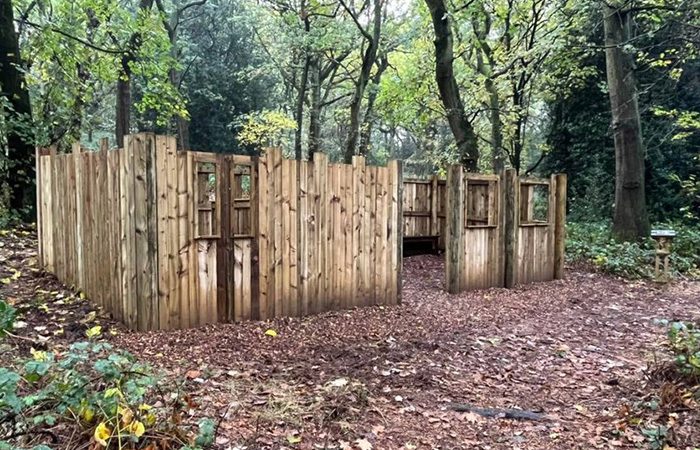
The Castle in the Woods!
We’ve added a new woodland castle for your little ones to find and explore.
Head to the Woodland Walk this November and let their imagination run wild.
Our range of firewood logs are either air-dried or kiln-dried before sale, with moisture contents as low as 16 percent.

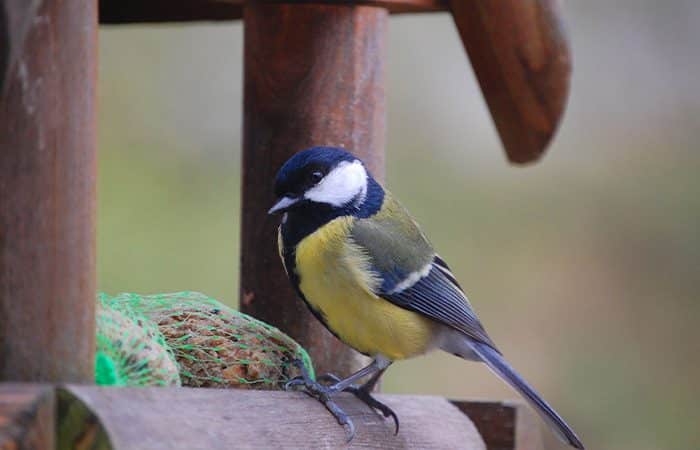
As the harsh winter months approach, here are some of our top birdcare tips:
• Provide clean bird boxes. November is the perfect time to clean out and sterilise bird boxes in preparation for nesting throughout the springtime.
• Fill up your bird feeders and tables. Keep bird feeders and tables filled with a variety of seeds and nuts and placed throughout your garden, as birds sometimes struggle to find food during the autumn and winter months. Ideally, place these in a sheltered position close to bushes and trees – this will encourage birds to approach and land.
• Accessible water sources. As the temperature drops and water freezes, it is harder for birds to find sources of water. It is helpful to leave out fresh water in your garden.
• Add berries to your garden. Plant bushes, trees, and shrubs that produce berries throughout the winter months to provide an extra source of sustenance.
• Create a logpile. Some bird species enjoy foraging through piles of logs and leaves for insects to eat.
• Utilise tree trunks. Rubbing fat into the bark of a tree’s trunk can provide a much-needed boost of energy to species that forage around the trunk of trees, such as goldcrests and treecreepers.
• Save shedding dog hair! When grooming your dog, save the fur that comes away and place it into a nesting material dispenser. These can be made from old peanut feeders.
Our centres stock a range of timber bird tables, bird boxes, feeders, and RSPB-approved feed.
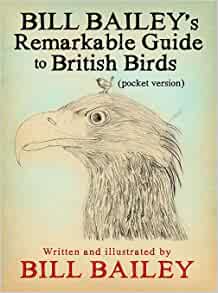
Bill Bailey’s Remarkable Guide to British Birds
A humorous and very personal guide written by Bill Bailey about his favourite British birds, complete with drawings, notes, and cartoons by the comedian himself.
The book can be found on Amazon here.
“Until you spread your wings; you’ll have no idea how far you can fly.”
– Napoleon Bonaparte.